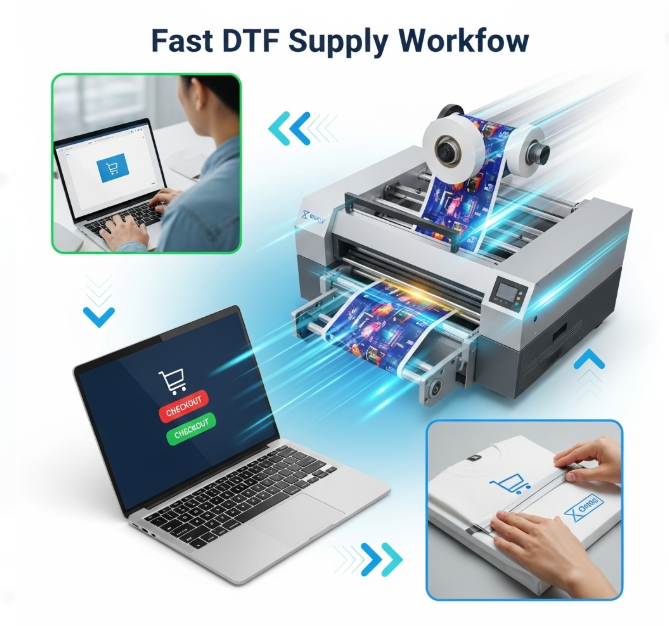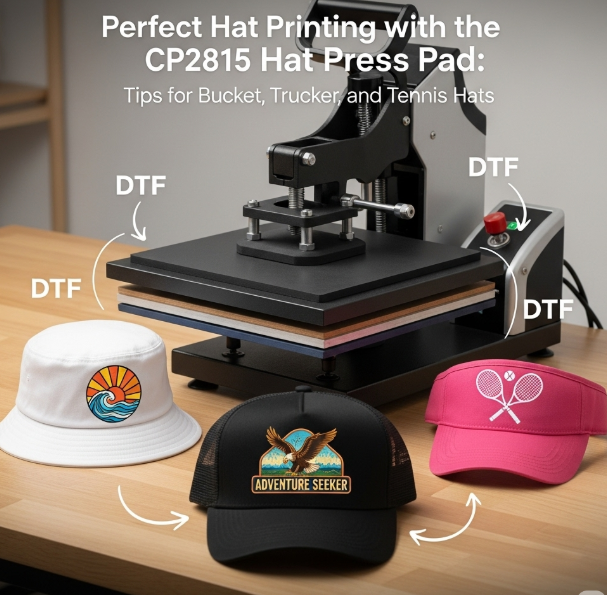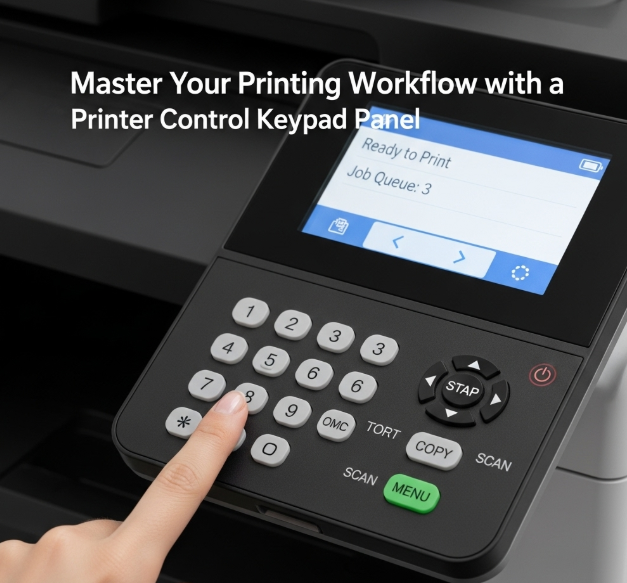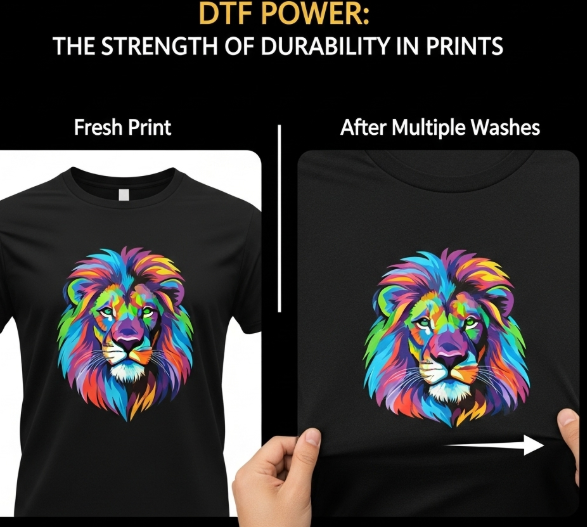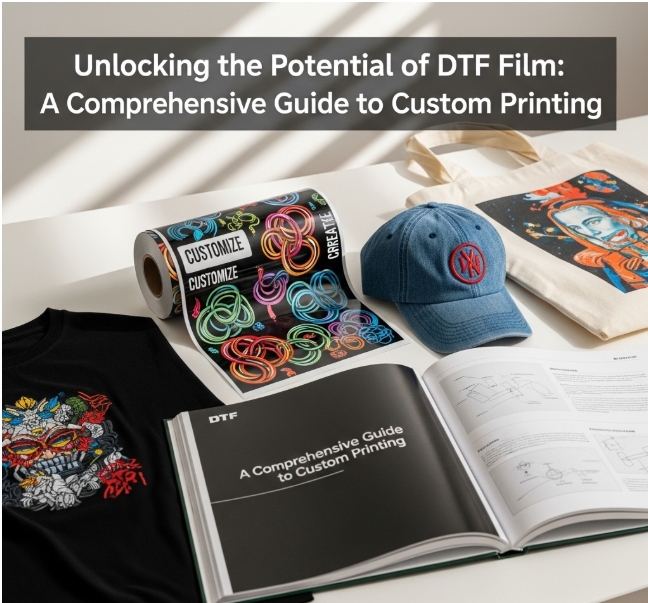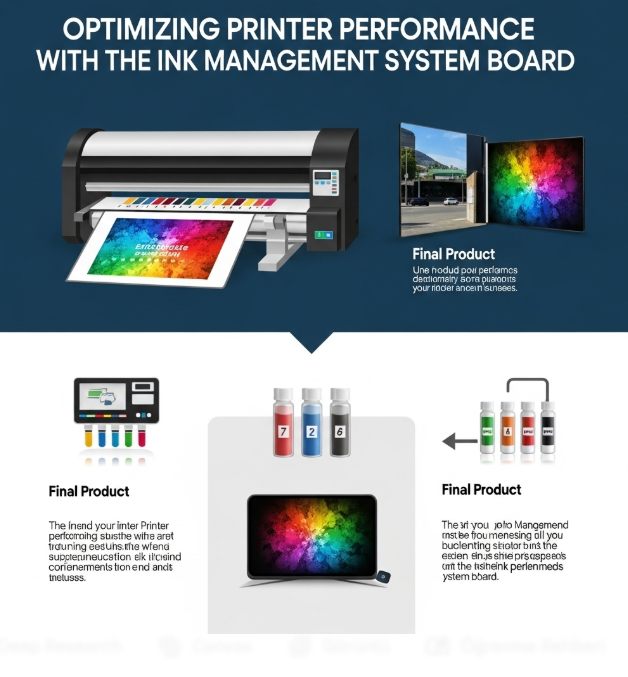
The Ultimate Guide to Fast DTF Supply: From Order to Print
In today’s fast-paced custom printing industry, efficiency and reliability are essential. Direct-to-Film (DTF) printing has revolutionized the way businesses produce vibrant, high-quality designs, but having the right materials on time is crucial. This guide will walk you through everything you need to know about fast DTF supply, from placing orders to achieving flawless prints.
Understanding Fast DTF Supply
Fast DTF supply refers to a reliable source of materials—including films, inks, and powders—that can be delivered quickly to meet production demands. Speed and consistency are critical in custom printing because delays in supplies can halt production, affect deadlines, and impact customer satisfaction.
Benefits of fast supply include:
-
Reduced downtime in production
-
Consistent quality of prints
-
Ability to handle urgent or large orders
By partnering with dependable suppliers, printing businesses can ensure smooth workflows and maintain a competitive edge in the market.
Placing the Order
The process begins with placing an order with a trusted supplier. Key considerations include:
-
Selecting the right materials: Ensure the films, inks, and powders match your printer’s specifications.
-
Order quantity: Calculate how much you need based on upcoming projects to avoid overstocking or shortages.
-
Delivery options: Fast shipping or priority delivery ensures materials arrive on time, reducing potential production delays.
Efficient ordering saves time, ensures you have everything you need, and allows your team to focus on production rather than sourcing materials.
Receiving and Checking Supplies
Once the materials arrive, it’s essential to inspect them immediately. Check for:
-
Correct quantity and packaging
-
No damage during transit
-
Color consistency and quality
A quick quality check prevents issues later in the production process, ensuring every print meets professional standards.
Preparing for Print
Before printing, proper preparation is key:
-
Clean the workspace and materials: Ensure films are dust-free and powders are ready for application.
-
Check printer settings: Match ink profiles and curing settings with the specific DTF materials.
-
Test prints: Run a small sample to confirm color accuracy and adhesion.
Preparation minimizes errors, reduces waste, and ensures that every project looks polished and professional.
Printing and Curing
With everything ready, printing can begin. Key tips for smooth printing include:
-
Apply inks evenly and use consistent pressure
-
Ensure powders are applied correctly for optimal adhesion
-
Cure prints using the recommended UV or heat settings
Following proper techniques guarantees vibrant colors, sharp designs, and durable results that meet client expectations.
Quality Control and Final Inspection
After printing, inspect each item carefully:
-
Check color consistency and vibrancy
-
Ensure prints adhere properly
-
Verify that the final product is free of defects
Quality control is crucial for maintaining customer satisfaction and building a reputation for reliability.
Advantages of Fast DTF Supply
-
Efficiency: Materials arrive when needed, reducing downtime
-
Consistency: Reliable suppliers ensure uniform quality
-
Flexibility: Ability to handle rush orders and large-volume projects
-
Cost-effectiveness: Minimizes waste and reduces storage needs
Fast DTF supply allows businesses to focus on creativity and production, rather than worrying about sourcing materials.
Conclusion - Fast DTF Supply
A seamless and dependable supply chain is crucial for achieving success in custom printing projects. From the moment materials are ordered to the completion of the final print, every step requires careful planning and attention to detail. By selecting trustworthy suppliers, businesses can ensure that the products they receive are of consistent quality and delivered on time, which reduces potential delays and allows production schedules to run smoothly.
Proper preparation and adherence to best practices in both printing and quality control are essential. Taking the time to test materials, calibrate equipment, and maintain a clean, organized workspace can prevent errors, minimize waste, and guarantee that each print meets professional standards. These practices not only improve the quality of the final product but also enhance the efficiency of the workflow, allowing teams to complete projects faster and with greater confidence.
Beyond the technical aspects, a reliable supply chain contributes to overall business growth. Consistent access to high-quality materials enables companies to take on more orders, handle last-minute requests, and experiment with new designs without worrying about production setbacks. This flexibility and stability foster stronger relationships with clients, who appreciate timely delivery and impeccable results.
Investing in a structured and dependable process for sourcing and managing materials ultimately pays off. It allows businesses to produce prints that are vibrant, durable, and polished, reinforcing their reputation for quality and reliability. Furthermore, it provides a solid foundation for scaling operations, whether expanding product lines or increasing order volumes.
In essence, a well-managed supply chain empowers printing professionals to focus on creativity and craftsmanship rather than logistical concerns. By combining careful planning, reliable sourcing, and rigorous quality control, businesses can consistently deliver exceptional results that impress clients, strengthen brand loyalty, and drive long-term success. A strategic approach to materials and workflow not only saves time and resources but also elevates the overall standard of every project, ensuring that each creation stands out for its professionalism and excellence.
